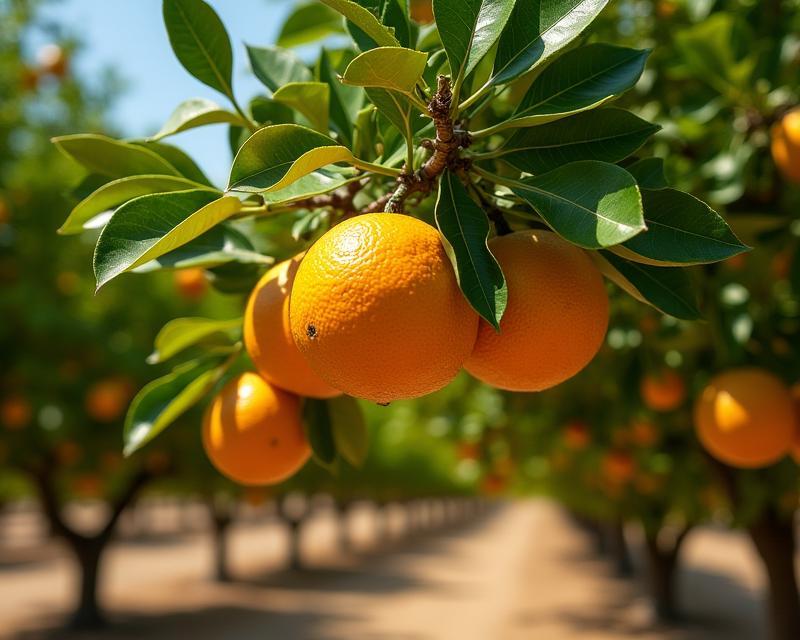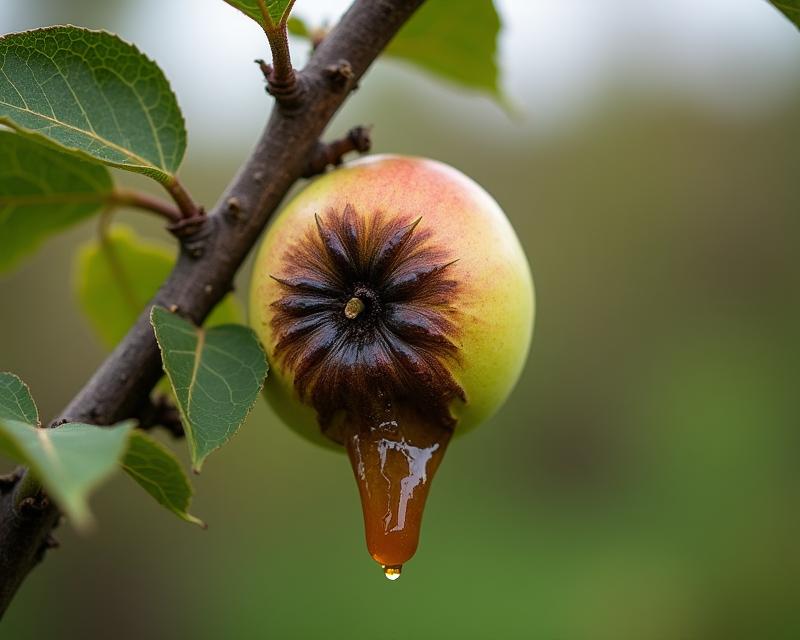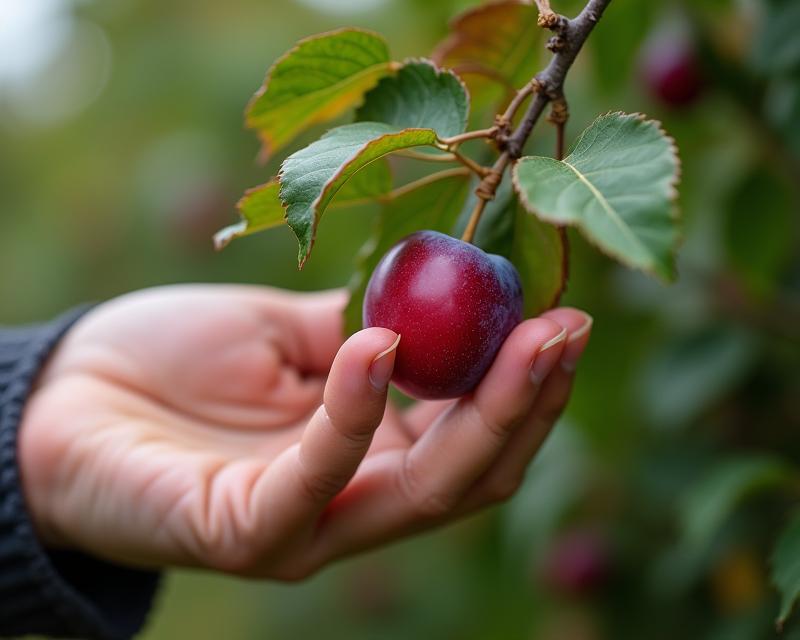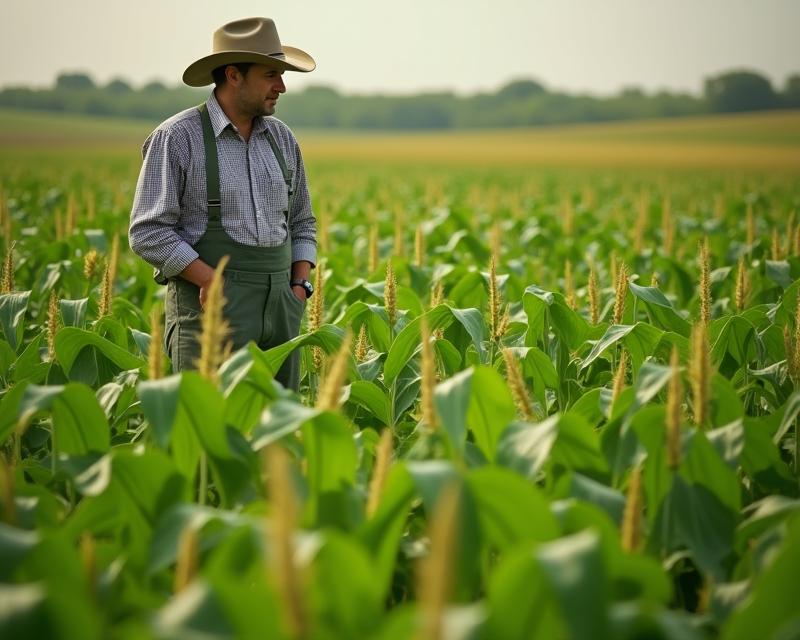Natural Harvest Preservation: Keep Your Bounty!
Publish in Crops el 28/06/2025 22:37
Natural Harvest Preservation: Keep Your Bounty!
The harvest season is a time of abundance! But what do you do with all those fruits and vegetables? While canning and freezing are popular methods, there are many natural and traditional ways to preserve your harvest, keeping those delicious flavors and nutrients around for months to come. These methods often rely on techniques passed down through generations, minimizing reliance on artificial additives and maximizing the natural goodness of your produce.
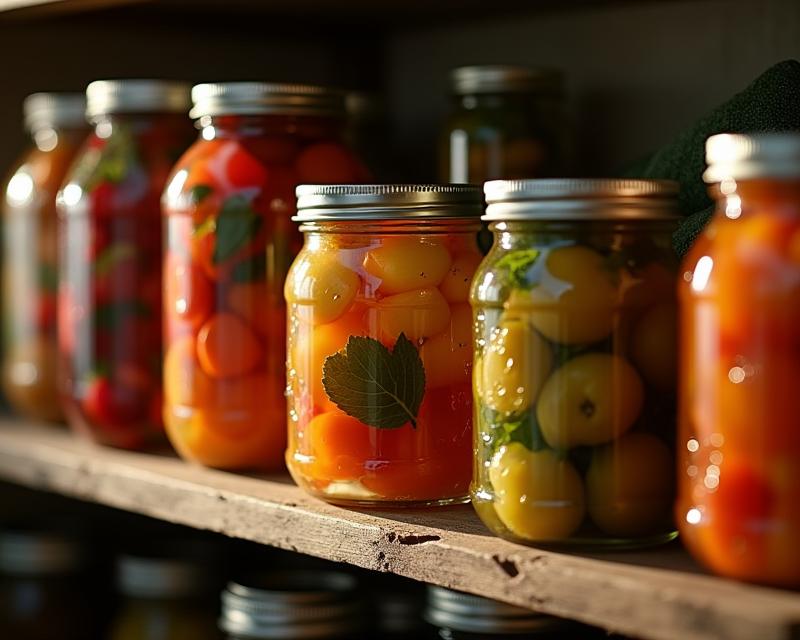
Dehydration: A Time-Honored Technique
Dehydration is one of the oldest and simplest methods. Using a dehydrator, oven, or even the sun, you can remove moisture from fruits, vegetables, and herbs, preventing spoilage. Think sun-dried tomatoes, apple chips, or kale chips! Dehydration intensifies flavors and creates a shelf-stable product. Proper storage in airtight containers is key to maintaining quality. Consider slicing produce thinly and ensuring even drying for optimal results. This is a fantastic way to preserve berries, peppers, mushrooms, and even leafy greens.
Root Cellaring: Harnessing Natural Coolness
For root vegetables like potatoes, carrots, beets, and onions, root cellaring is a fantastic option. A root cellar provides a cool, dark, and humid environment, slowing down the aging process. Traditional root cellars are underground, but you can also create a makeshift one in a cool basement or garage. Proper ventilation is crucial to prevent mold and spoilage. Store vegetables separately, as some release gases that can affect others. This method requires a bit of space and planning, but the results are well worth it – enjoying fresh-tasting root vegetables throughout the winter!
Fermentation: Probiotic Powerhouses
Fermentation is a natural process that preserves food by encouraging the growth of beneficial bacteria. Pickling cucumbers, sauerkraut, kimchi, and other fermented vegetables are all excellent ways to preserve your harvest. Fermentation not only extends shelf life but also creates probiotic-rich foods that are beneficial for gut health. There are many resources available to guide you through the fermentation process, ensuring safe and delicious results. It's a fascinating and rewarding way to transform your surplus produce into flavorful and healthy staples.
Simple Storage: The Power of Air Circulation
Sometimes, the simplest methods are the best! Many fruits and vegetables benefit from proper storage in a cool, dark, and well-ventilated place. Proper air circulation helps prevent moisture buildup and mold growth. Store apples, potatoes, and onions in separate baskets or bins. Leafy greens can be stored in a slightly damp paper towel inside a plastic bag. By paying attention to the specific needs of each type of produce, you can extend its freshness and enjoy your harvest for longer. Remember to regularly check your stored produce for any signs of spoilage.
